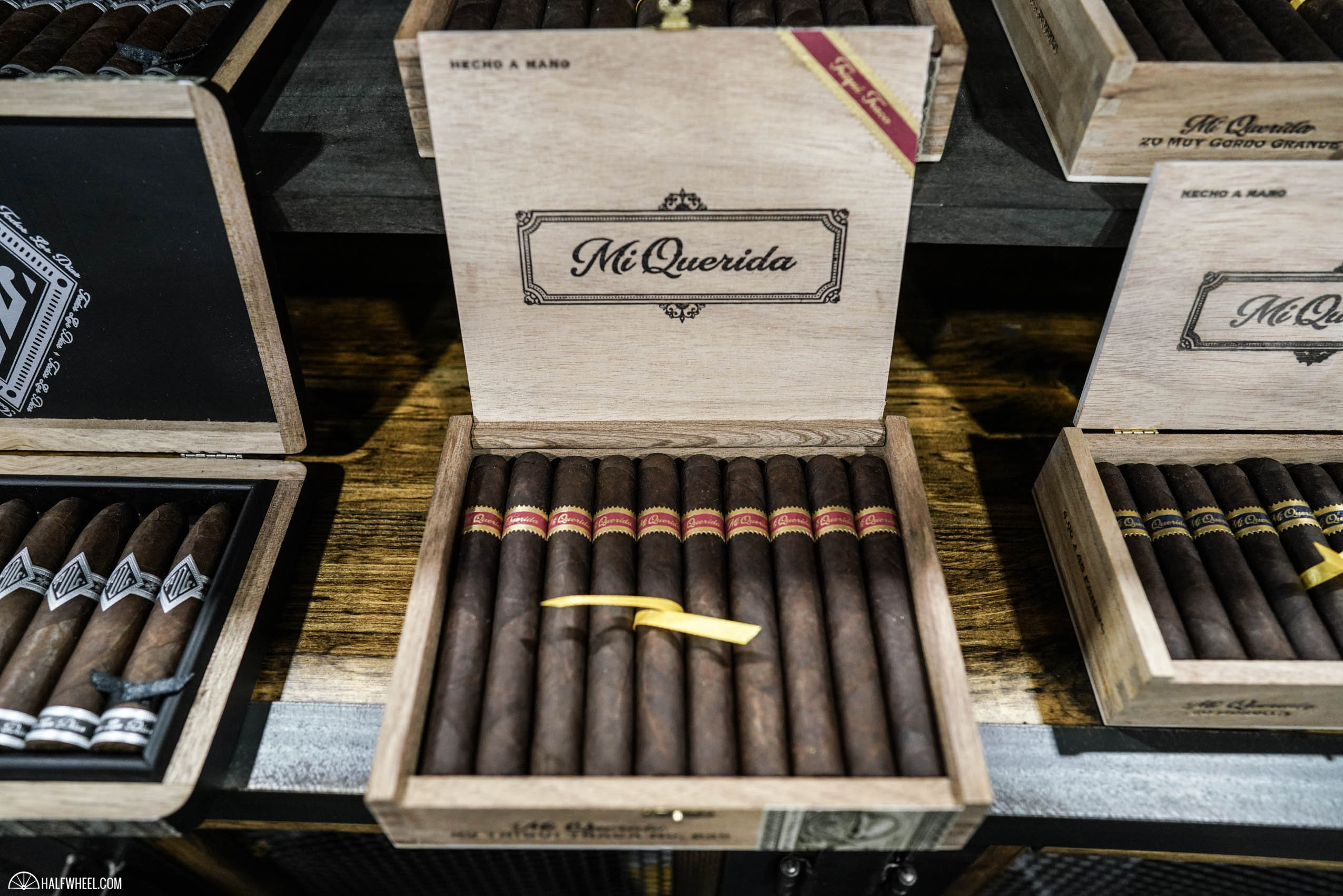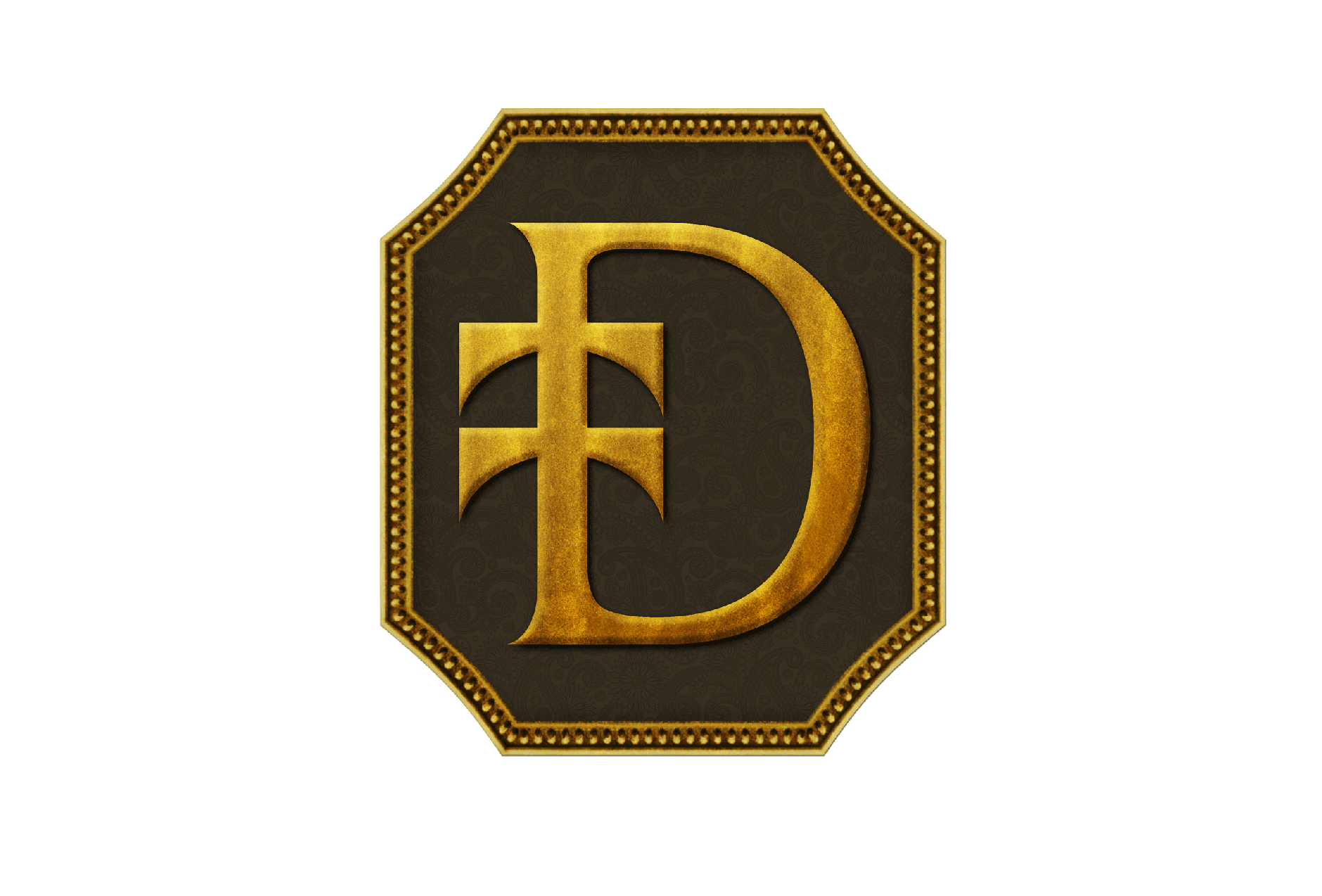Much like with people having a family tree, cigars often do too. Case in point, the Mi Querida Triqui Traca from Dunbarton Tobacco & Trust.
While the Triqui Traca’s roots trace back to the original Mi Querida, it more specifically traces its history back to the Mi Querida Firecracker, a 3 1/2 x 50 parejo with a long pigtail that was released in 2018 as part of Two Guys Smoke Shop’s Firecracker Series. The blend is slightly stronger than the original Mi Querida, with a No. 1 dark corona Connecticut broadleaf wrapper covering a Nicaraguan binder and Nicaraguan and Dominican ligero fillers. Of note in the filler is what Steve Saka described as “a unique, high octane ligero grown in the Dominican Republic.”
Saka has described the line as has not being a pepper bomb, rather that the strength comes across in a “denser, heavier, chewier way,” adding that it conveys a unique body and weight to the person smoking it.
Triqui Traca is offered in two sizes:

- Mi Querida Triqui Traca No. 552 (5 x 52) — $10.75 (Box of 20, $215)
- Mi Querida Triqui Traca No. 648 (6 x 48) — $11.75 (Box of 20, $235)
The line gets its name from a Nicaraguan term for firecrackers that are tied together. To differentiate it from the original line, Triqui Traca wears a red and gold band, whereas the Mi Querida sports a navy blue and gold band.

- Cigar Reviewed: Mi Querida Triqui Traca No. 648
- Country of Origin: Nicaragua
- Factory: Nicaragua American Cigars S.A.
- Wrapper: U.S.A. (Connecticut Broadleaf No. 1 Dark Corona)
- Binder: Nicaragua
- Filler: Nicaragua and Dominican Republic
- Length: 6 Inches
- Ring Gauge: 48
- Vitola: Grand Corona
- MSRP: $11.75 (Box of 20, $235)
- Release Date: September 2019
- Number of Cigars Released: Regular Production
- Number of Cigars Smoked For Review: 3
There are a few things that stand out about the Mi Querida Triqui Traca No. 648: the red and gold band is the most obvious, as while it looks familiar it is immediately distinguishable from the original Mi Querida. Second, once the cigar is out of the cellophane, the wrapper’s oiliness gets detected by my fingers. It’s not dripping, but it sure is perspiring in two of the three samples. Third is the firmness of the cigar. In the course of removing the cello, it was easy to feel how packed this cigar is, and while I’m not inclined to call it a hard roll, it just feels well-stuffed, almost muscular if using an anatomical term. The wrapper is pretty consistent in its color, though its gets lighter near the veins and there is enough variance in spots to see the seams. There’s a very fine texture to it, almost velvet but with a bit more grit. I also see a bit of crystallization of the oils beginning to occur, as a close examination of the leaf will reveal a few glimmering spots. Aroma off of the foot is pretty neutral and if anything soft in the nose, save for a bit of delayed pepper. One sample does have a very pleasant berry sweetness with a bit more pronounced pepper. The cold draw has a bit of creaminess to it, followed by wood that evolves into cedar and a furniture style wood that I can’t quite identify. I also get a bit of fruit syrup sweetness, though it is geared closer to darker berries than apple and melons. Airflow is generally good, with one sample a touch tighter than I would prefer.
It doesn’t take long for the pepper to get me; as I was lighting the Mi Querida Triqui Traca No. 648 and going into take my first draw, some smoke wafted up my nose and elicited a sharp, stunned cough as a result. The first true puff has black pepper in it, but also a surprising sweetness that compliments it quite well. Still, it’s a pretty approachable cigar in the first half-inch, even for a first cigar of the day. As the ash builds to the one-inch mark, there is a bit more ligero strength to be found and the profile can turn a bit sharper, though it doesn’t lose the sweetness. The draw, burn and smoke production are all outstanding so far.
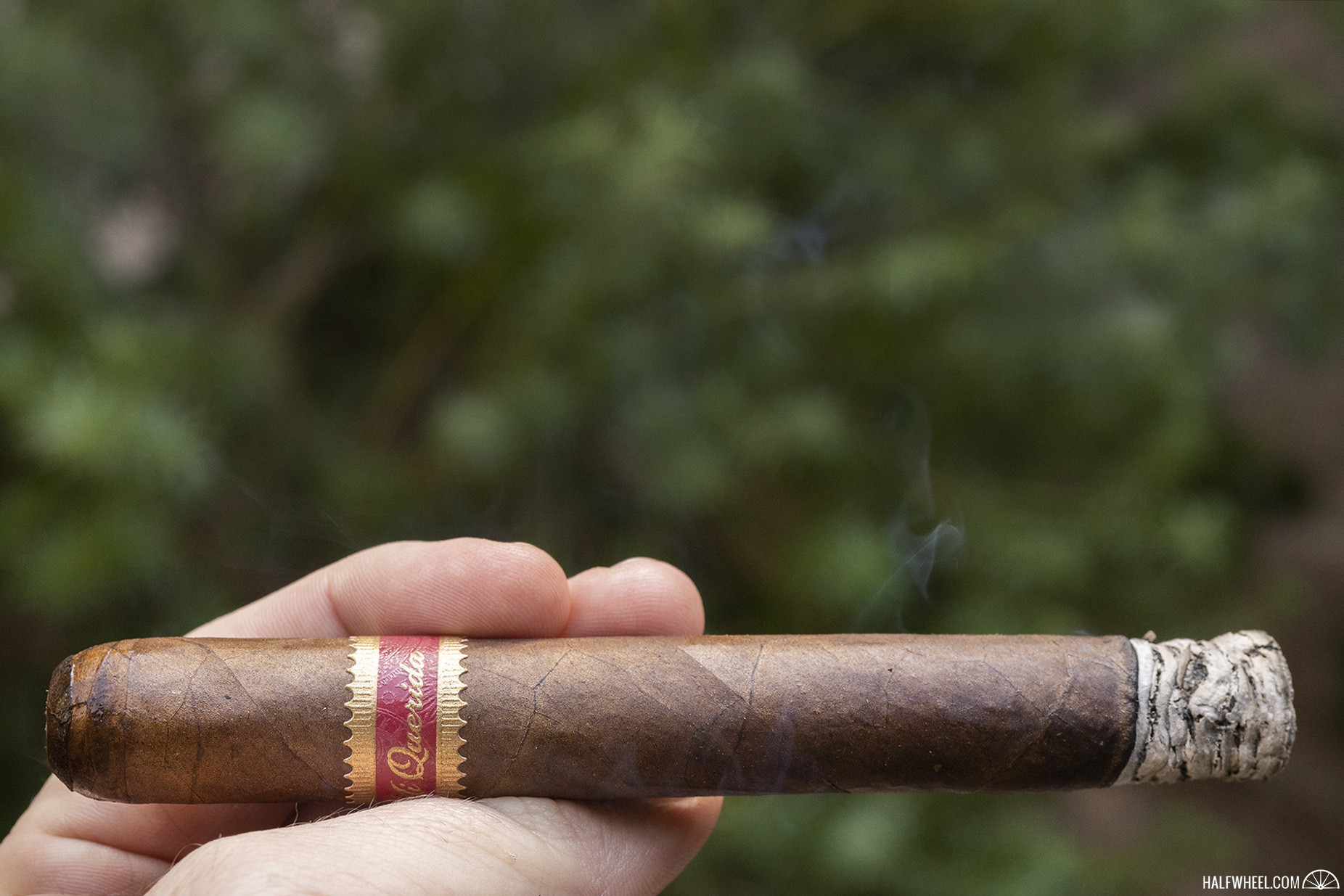
As the Triqui Traca’s burn line moves into the second third, I keep hearing Steve Saka’s words about this not being a pepper bomb, but rather a change in the texture and weight of the smoke as hits the senses. Yet as much as I try to remember that, I keep expecting the ligero to let loose, which it has yet to do, though it is building. If you’re familiar with the kind of sweetness that comes with ligero tobaccos, it’s something to focus on as for my palate, it ties everything together quite well. It’s not overt, but it is present and balances the pepper and earth that are more easily discernible in this section. The combustion of the cigar slows as the burn line passes through the midway point, and in the first sample, I find myself looking quizzically at the cigar and why it hasn’t progressed further. While I have yet to experience what Saka called a “denser, heavier, chewier” aspect to the cigar, it is starting to settle in here, though the flavor doesn’t seem particularly heavy and the profile isn’t appreciably stronger. If anything the pepper has largely subsided when it comes to the palate, meaning retrohales are the main way to experience that sensation. Even through the nose, it’s quite manageable, at least for my tolerances. Technical performance is still very good in all aspects.
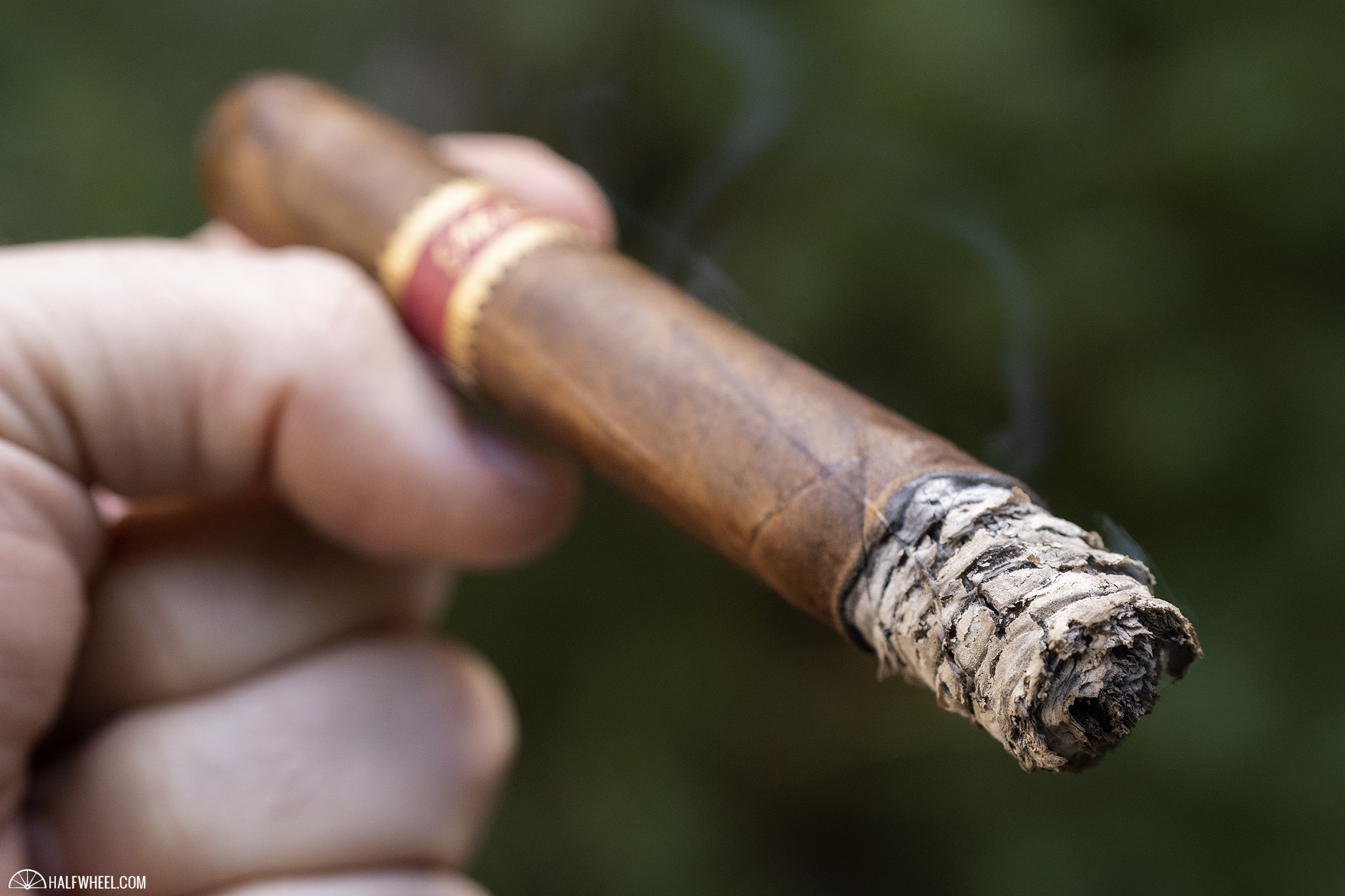
There is definitely some more pronounced ligero strength coming through at the start of the final third, and with it a distinct black pepper note that isn’t like what you’d find in a grinder but rather is distinctive of the tobaccos used. There is also some dark, slightly bitter chocolate beginning to emerge as well, the first time I can say I’ve tasted it so far in the Mi Querida Triqui Traca No. 648. If you’re looking for a more powerful version of Mi Querida, this is likely the section where you will find it, though as Saka has cautioned this isn’t a big pepper bomb of a cigar. I’m still struggling a bit to get the “denser, heavier, chewier” aspect, but I could see where the description would be fitting. The smoke in the final inch or two can get a bit hot at times, but some measured puffing minimizes that and lets the ligero do its thing with any ill effects. The draw and construction stay near perfect as the cigar burns down to about as small of a nub as I want it to go.
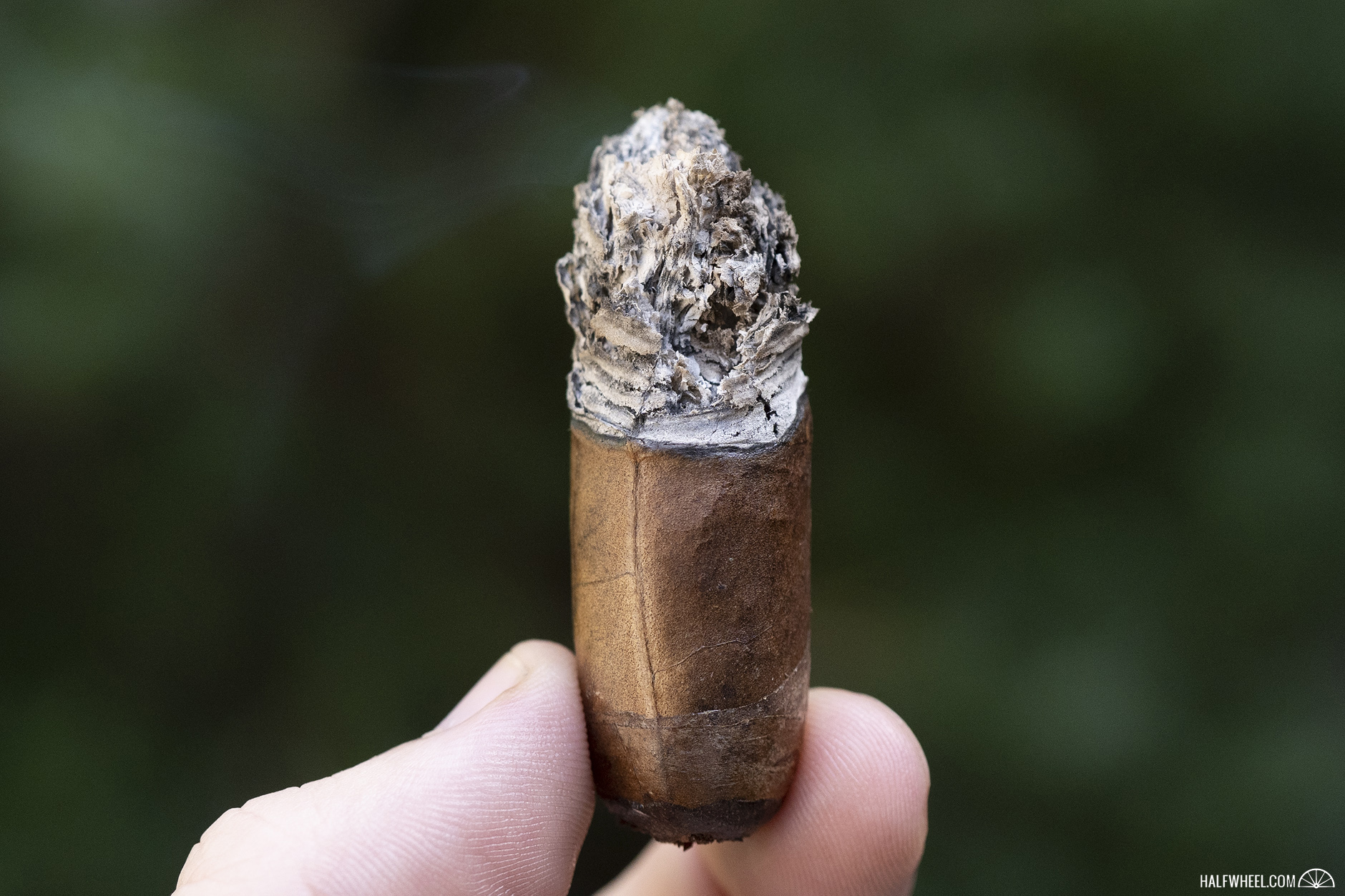
Final Notes
- While I haven’t had the opportunity to do this yet, I would think it could be fascinating to smoke a regular Mi Querida and a Triqui Traca side-by-side to get more of the nuanced differences between the two. Relying solely on memory doesn’t seem to be as much of a help.
- I haven’t smoked the No. 552 size yet, so I can’t compare how the two express the blend differently.
- While reviewing the cigar, I came across this Facebook video of Saka talking about the Mi Querida Triqui Traca after reading some consumer feedback.
- I’m going to diatribe a bit, but I’m always skeptical about teeing up a cigar in certain ways, namely how it will hit my palate. I understand the idea and the need to put some positioning statements between two cigars, though it always seems to set up expectations that are almost always not reached. It’s not a knock on the cigar, but I’d rather just be told “it’s different” and then left to find out why on my own.
- Somewhat surprisingly, I didn’t get tons of nicotine strength from the Mi Querida Triqui Traca. There is some, and its impact will vary from person to person, but it is far from what I would call a gut punch or system shaker.
- The cigars for this review were purchased by halfwheel.
- Final smoking time was one hour and 40 minutes on average.
- Site sponsors Atlantic Cigar Co., Cigar Hustler, Corona Cigar Co., Famous Smoke Shop and JR Cigar carries the Mi Querida Triqui Traca No. 648.
Expectations aside, the Mi Querida Triqui Traca No. 648 is an incredibly enjoyable cigar. The flavor is rich, complex and balanced, and I'd be inclined to say that final term is the most important and what helps the cigar succeed. It never gets too peppery or explosive on the senses, which opens the door for the rest of the flavor to be explored and enjoyed. I could probably make the case for a bit more in the flavor category, but what was offered didn't leave me disappointed. Topped off with stellar construction, and the cigar is very easily enjoyable if your palate is geared for a medium-full profile.

